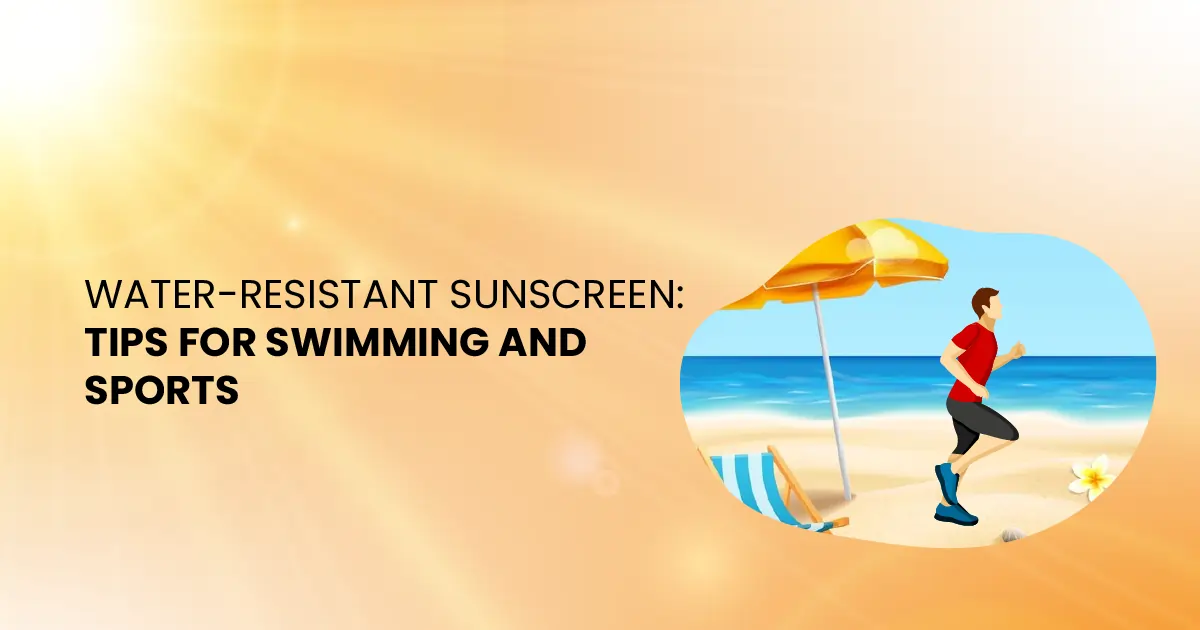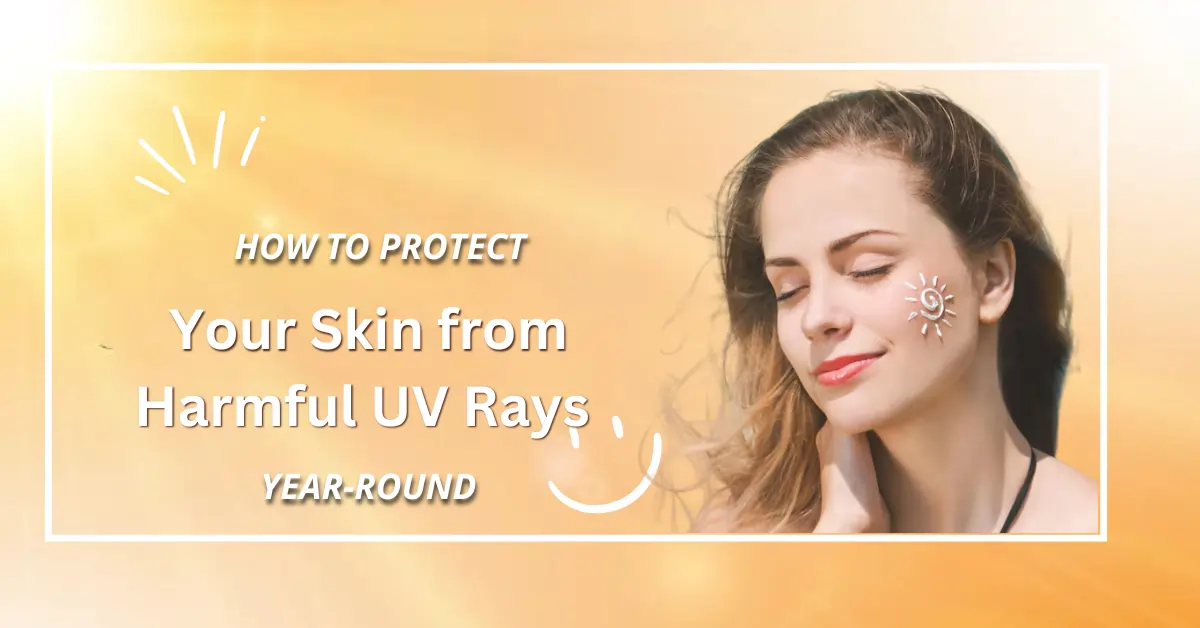
Water-Resistant Sunscreen: Tips for Swimming and Sports
Picture this: a sunny day, clear skies, and the perfect temperature for a refreshing swim or an intense sports session. While these activities are a great way to be active and enjoy the outdoors, they also expose your skin to the sun’s harmful UV radiation. Here’s where water-resistant sunscreen comes in handy. In this blog, we’ll look into water-resistant sunscreens and provide you with some helpful advice for making the most of your water and sports adventures while protecting your skin.
Understanding Water-Resistant Sunscreen
Before we dive into the advice, let’s first understand why water-resistant sunscreens are so effective. Water-resistant sunscreens, as opposed to ordinary sunscreens, are designed to tolerate water exposure, making them excellent for activities such as swimming and sports that involve sweating. These sunscreens adhere to the skin more effectively, offering longer-lasting protection even in challenging conditions.
Tip 1: Choose the Right Water-Resistant Sunscreen
Not all water-resistant sunscreens are created equal. Look for products having a water resistance rating, often 40 or 80 minutes. This shows how long the sunscreen is effective while swimming or sweating. Additionally, use a broad-spectrum sunscreen to protect against both UVA and UVB radiation.
Tip 2: Apply Generously and Reapply
One of the most common mistakes is applying too little sunscreen. Make sure you use enough to properly cover all exposed skin. For each application, use approximately one ounce (30ml) or enough to fill one shot glass. Remember to reapply generously and regularly. Even water-resistant sunscreens have limitations, and consistent reapplication is necessary to maintain protection.
Tip 3: Timing is Everything
For optimal protection, use water-resistant sunscreen at least 15-20 minutes before entering the water or starting any sports activity. This helps the sunscreen bond with your skin, providing more resistance against water and sweat.
Tip 4: Don’t Forget Often Neglected Areas
It’s easy to remember the arms, legs, and face, but other parts are sometimes ignored. Sunburn can also occur on the ears, back of the neck, and top of the feet. Take the time to cover these sometimes overlooked areas to ensure total protection.
Tip 5: Rinse and Reapply after Swimming
After a refreshing dip, rinse the chlorine or saltwater off your skin before reapplying sunscreen. This helps to preserve the sunscreen’s effectiveness and provides protection throughout the day.
FAQs
When should I apply water-resistant sunscreen?
Before diving into the water or engaging in sports, make sure to apply water-resistant sunscreen at least 15-20 minutes prior. This ensures optimal bonding with your skin for effective protection. Reapply sunscreen more frequently if you’ve been in the water.
Should I reapply sunscreen after swimming?
Yes, it’s advisable to rinse off chlorine or saltwater after swimming and reapply sunscreen. This helps maintain the sunscreen’s effectiveness and ensures continuous protection against UV rays.
How much water-resistant sunscreen should I apply?
For each application, apply at least one ounce (30ml) or enough to fill one shot glass of water-resistant sunscreen. This amount ensures proper coverage for exposed skin. Don’t forget to reapply more often if you’re swimming.
Conclusion:
As you gear up for your next swimming session or sports adventure, make water-resistant sunscreen an essential part of your routine. Choosing the right product, applying it generously, and reapplying regularly are the keys to enjoying the sun safely. Dive in with confidence, knowing that you’re going to have safe & worry-free fun.





